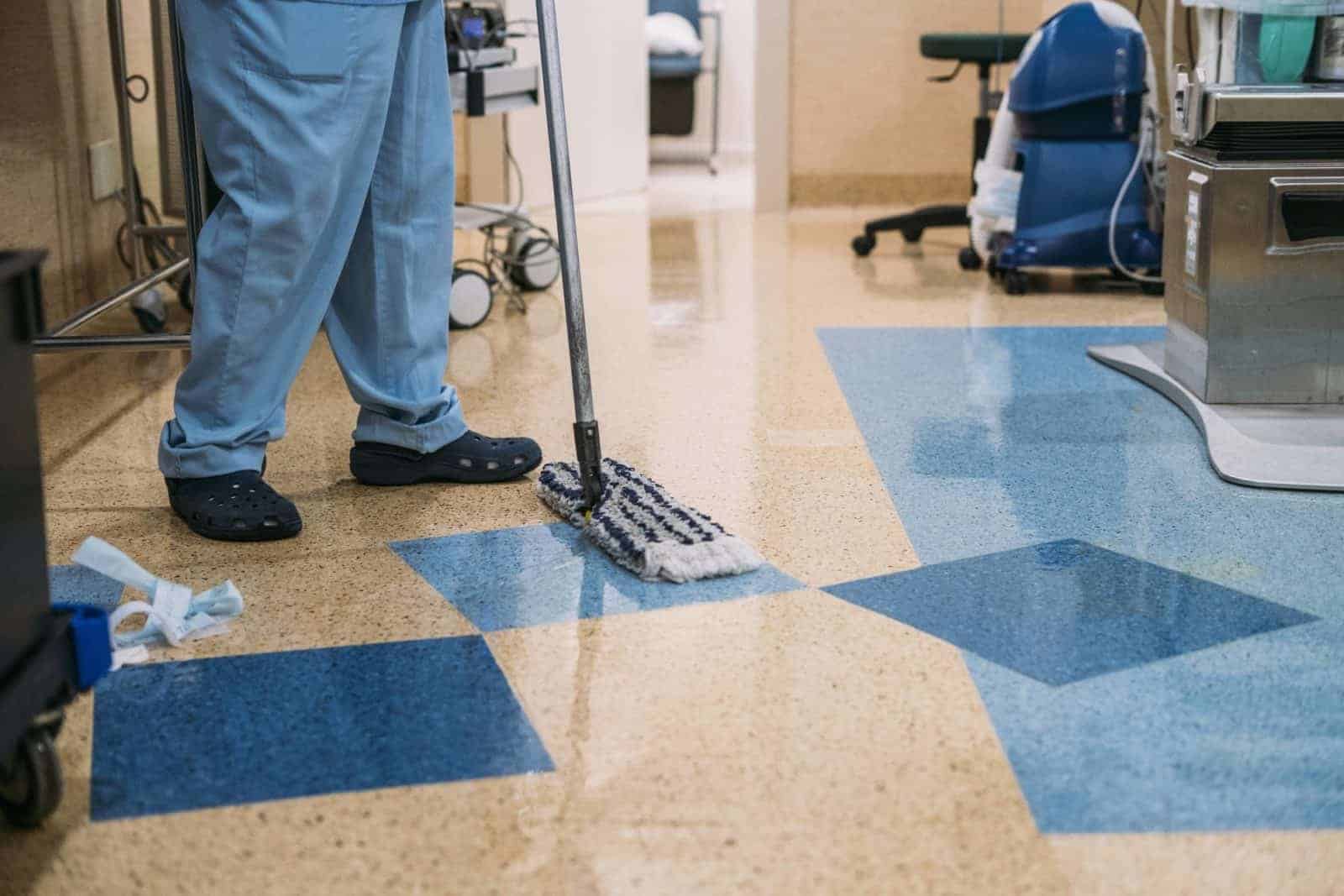WRITTEN BY:
Harrie Phillips
PGCertClinEd, BAdVocEd (VocEd&Trng), DipVN (Surgical, ECC), DipTAE (Development & Design), DipBus, TAA, MACE

Stethoscopes, a vital tool in medical practice, are often overlooked as fomites, leading to potential transmission of pathogens between patients. Despite the minimal risk associated with skin contact, it is essential to clean stethoscopes regularly to prevent cross-contamination. In this blog, we will discuss the importance of stethoscope cleaning in veterinary practices and the recommended cleaning protocols.
Stethoscopes as Fomites
Various human-based studies have reported that stethoscopes can be contaminated with pathogens like Staphylococcus aureus, with contamination rates ranging between 80% and 100% (Álvarez et al., 2016). Veterinary literature on this topic, however, is sparse.
A study conducted by Fujita, Hansen, and Hanel (2013) revealed that most veterinary clinicians clean their stethoscopes only when visibly contaminated or when dealing with immunocompromised patients, leading to bacterial contamination rates of 60-67%. The study also found that cleaning stethoscopes with 70% isopropyl alcohol after each patient contact is 100% effective at removing the bacterial load..
Effectiveness of Cleaning Agents
Fujita, Hansen, and Hanel (2013) concluded that using 70% isopropyl alcohol to clean stethoscope diaphragms after each patient contact is an effective method to prevent nosocomial infections, a finding supported by Nunez, Moreno, & Green et al. (2000). Another study found no statistical difference in using 70% isopropyl alcohol and ethanol-based hand cleaners (EBC) for cleaning stethoscopes, deeming both products effective in reducing bacterial contamination (Lecat et al., 2009).
Since alcohol evaporates quickly and is only effective at killing bacteria when present, recolonization can occur when cleaning compliance is low. Alvarez et al. (2016) suggested that using chlorhexidine in the cleaning protocol could improve overall bacterial contamination levels due to its residual effect and substantivity. Their study found that chlorhexidine prevented stethoscope recontamination for at least 4 hours post-disinfection.
SUGGESTED PROTOCOL
The manufacturer’s instructions should be followed for cleaning stethoscopes, but generally, wiping them with 70% isopropyl alcohol between each patient is sufficient. Soapy water may be necessary for heavy organic contamination. Fujita, Hansen, and Hanel (2013) suggested spraying the stethoscope diaphragm with 70% isopropyl alcohol, wiping it in a circular fashion with gauze five times, spraying it again, and allowing it to air dry. The tubing should also be cleaned.
To ensure optimal cleaning, it is recommended to use a back and forth mechanical action rather than just wiping. Stethoscopes should not be shared between individuals, and ear tips should be removed for cleaning.
The Takeaway Message
Regular cleaning of stethoscopes in veterinary practices is crucial to prevent the transmission of pathogens between patients. Using 70% isopropyl alcohol or other effective cleaning agents and following the recommended cleaning protocol will help reduce the risk of nosocomial infections and improve overall patient care.
want to learn more?

Infection Control Practices for Veterinary Clinics
SHORT COURSE
Infection control in the veterinary clinic is vital not only for patient health, but also for veterinary staff, clients and the general public.
Check it outREFERENCES
Álvarez, J.A., Ruí, S.R., Mosqueda, J.L., León, X., Arreguín, V., Macías, A.E., & Macias, J.H. (2016). Decontamination of stethoscope membranes with chlorhexidine: Should it be recommended? American Journal of Infection Control, 44, 205-209.
Fujita, H., Hansen, B., & Hanel, R. (2013). Bacterial Contamination of Stethoscope Chest Pieces and the Effect of Daily Cleaning. Journal of Veterinary Internal Medicine, 27, 354-358.
Lecat, P., Cropp, E., McCord, G., & Haller. N.A. (2009). Ethanol-based cleanser versus isopropyl alcohol to decontaminate stethoscopes. American Journal of Infection Control, 37, 241-243.
Nunez, S., Moreno, A., Green, K., et al. (2010) The stethoscope in the emergency department: a vector of infection? Epidemiology and Infection, 124, 233–237.
